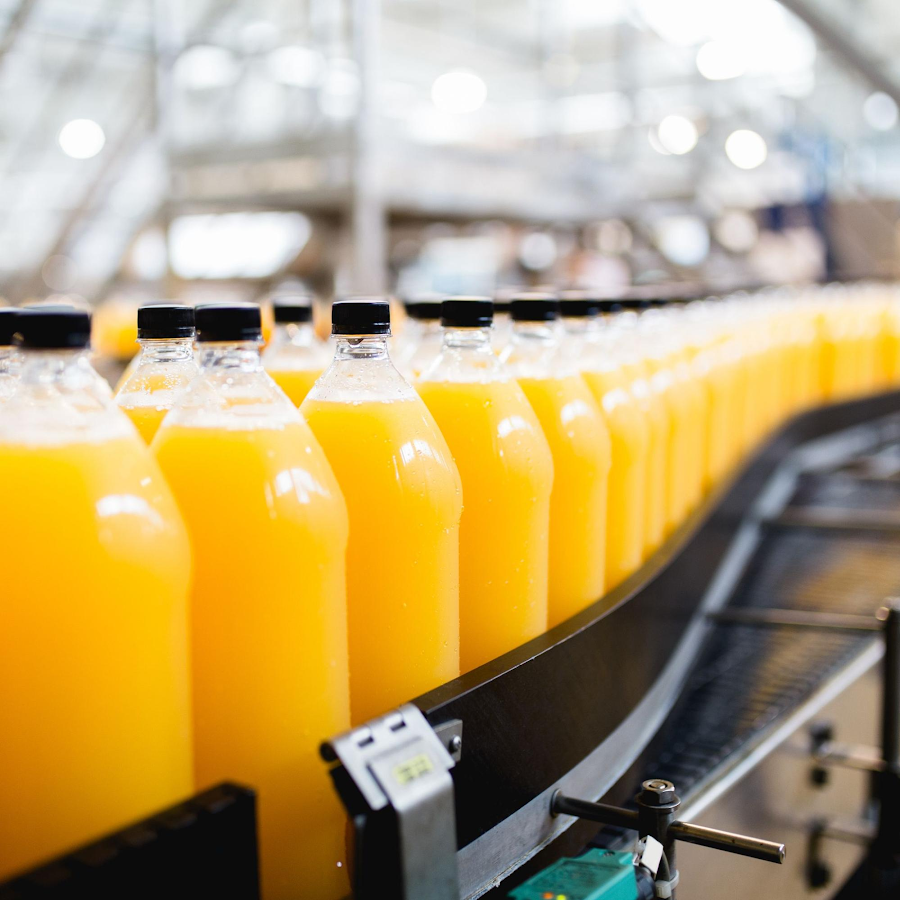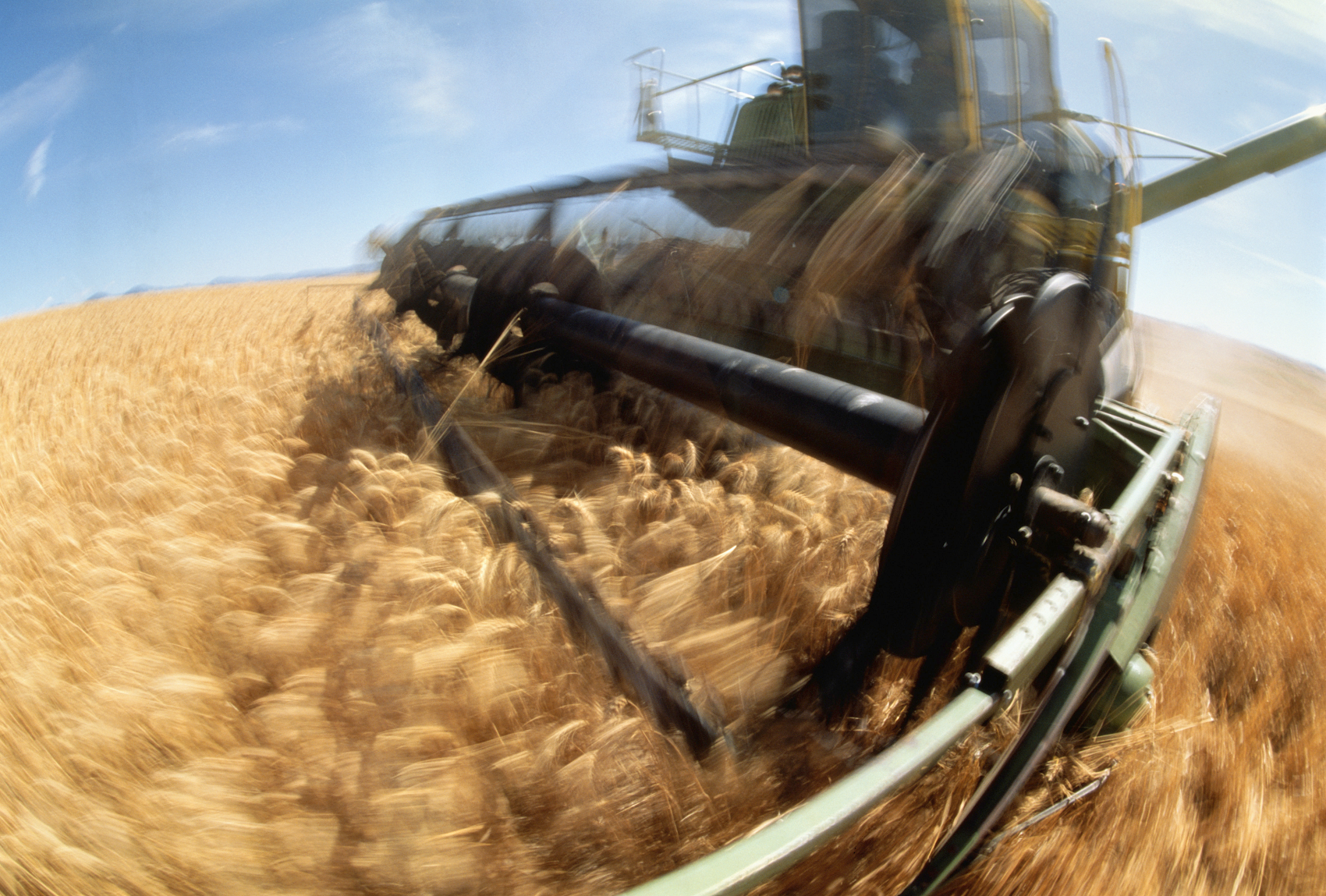Appetite for AI: How data is transforming the food industry’s value chain

Sonia Fife
Consumer Packaged Goods Leader, Global Strategic Industries, Google Cloud
Leading food and agricultural enterprises are embracing data and AI to stay resilient in an unstable world and keep up with consumer demand.
Back when I was just starting out my career in consumer goods, more than 25 years ago, one of my first jobs was in “Big OJ.” We were working to make one of the handful of name-brand juices stand out through product innovation and extensions in what effectively remains a highly consolidated and commodified business.
I still fondly remember early morning calls with our growers in the cooperative in Frostproof, Florida, where the weather could actually be quite unpredictable, not to mention the bugs, fertilizer, farm hands, and countless other variables. It’s amazing, a quarter century later, to see how far technology has advanced to address many of the challenges in the food chain, and yet how many of those challenges persist.
And in some ways, those challenges have even grown, as I’ve now experienced firsthand at Google Cloud, where I’m working alongside top consumer goods companies as we navigate these turbulent times. Weather is wilder, workers harder to come by, inflation is back, and you could write a whole book, let alone an article, about supply chain issues.
To help food, beverage, and agricultural enterprises within the consumer goods space navigate this moment of innovation and uncertainty, Google Cloud has produced new research exploring more than 100 technologies that can impact the food and agriculture space in the decade ahead.
Our findings demystify what those opportunities are and provide a framework for brands across the value chain to strategize on what may be the top opportunities for their business.




For most in the food industry, it might not come as a surprise that the total global spend on fresh and packaged foods is estimated to be $4.1 trillion, according to a McKinsey analysis of Euromonitor market data. And even though in the aftermath of the pandemic food companies are still enjoying high sales growth rates, our newly-released farm to table e-book reveals how, despite the challenge of a rapidly shifting environment, data and analytics can help food and agriculture companies maintain a high level of growth.
In our analysis, we found four key areas where technology could help the industry stay ahead: building resilience in an increasingly risky world; margin expansion; adapting to shifting consumer diets and channels; and taking meaningful action on sustainability.
How? Among the 100-plus technologies available to the food and agriculture sector, we identified 25 in particular that stand to create the highest value. At their core is a focus on digital experiences and analytics. It’s about the transition from farm-to-table to farm-to-data-to-table.
But before we consider actual solutions, let’s define what success actually looks like.
We’ve found that successful food and agricultural enterprises invest in connecting internal data across departments and legacy systems (e.g., connecting IT and OT), and by blending external and internal data to improve predictions and decision-making. These are some of the first, and most crucial steps, in aligning both data and teams to unlock value throughout the business.


Assuring resilience in an increasingly risky world
An average company can expect to lose about 45% of one year's earnings over the next decade due to supply chain disruption. But what happens when data steps in? We found that food companies who invest in digital and AI tools gain improvements such as 5x faster decision making processes and see 3x faster execution.
They can leverage capabilities like digital twins to combine information about their suppliers, inventory and shipping data, consumer behavior, and even geopolitical data (e.g., tariffs that may limit the supply of a key ingredient). This creates visibility into weak links in their supply chain, helping enterprises respond faster to changing market conditions.
The ongoing quest for margin expansion
Since the pandemic began, consumer goods companies have shouldered increases of up to 50% in certain cost categories and expect some—like manufacturing and raw materials—to remain elevated. To remain profitable, food companies are using AI to maximize yield, increase processing efficiencies, and reduce food waste.
An example of this is using AI-enabled tracking to sell food before it spoils. By using techniques to reduce food waste on farms and at retail stores & restaurants, AI can generate an estimated economic opportunity of up to $127 billion a year in 2030, calculated as growth in top-line revenue.
It’s about the transition from farm-to-table to farm-to-data-to-table.
Adapting to shifting consumer diets and channels
The COVID-19 pandemic increased brand switching and accelerated the adoption of ecommerce and omnichannel purchases of groceries and prepared foods. While this is positive, it’s the sensing of consumer preferences and the tailoring of product offerings to these preferences that proves to be the biggest challenge.
Winners use data to gain real-time, detailed insights about consumer behavior and to drastically lower the cost of experimentation. They invest in mining data—at an individual level and segment level—and then use it to shape their product development and data-driven marketing approach. Getting data-driven marketing growth right for consumer goods companies can drive 3% to 5% in net sales value for top and bottom-line growth, 10% to 20% efficiency to reinvest in growth, and 10x increase in agility and throughput, according to McKinsey research.
Kraft Heinz is among the many enterprises partnering with Google Cloud to strengthen its hyper-focus on understanding its consumers and offering them the products, experiences, and news they want most. The company is particularly interested in both real-time and long-term data insights to build a stronger, ongoing affinity with its customers.
Moving from talk to action on sustainability
Unsurprisingly, global food waste and loss cost $940 billion a year and contribute more than 8% to global greenhouse gas emissions. Faced with pressure from eco-conscious consumers and governmental regulations, global food consumer goods brands are looking to take action. Data and analytics can help reduce the environmental impact across the value chain including emissions and energy usage, water usage, waste reduction, animal welfare, and biodiversity.
Successful food and agriculture enterprises are determined to have their financial and sustainability goals co-exist, since they are now so dependent on each other. They blend data from external and internal sources to demonstrate their success, measuring their progress on multiple dimensions of environmental impact, and making public commitments to bettering the environment. And consumers are happily backing this decision, with 2020 seeing a 300% increase in search interest for "ethical brands," according to Google Trends data.
A prime example is Unilever. By combining the power of cloud computing with satellite imagery and AI, Unilever and Google Cloud are reimagining the possibilities for sustainable sourcing.
These are just some of the key examples of how AI, machine learning, and cloud-based technologies are helping food and agriculture companies transform for a digital world. You can discover even more ways to unlock value through digital transformation across the farm-to-table ecosystem in our new ebook or by meeting with our teams of industry experts at Google Cloud.



